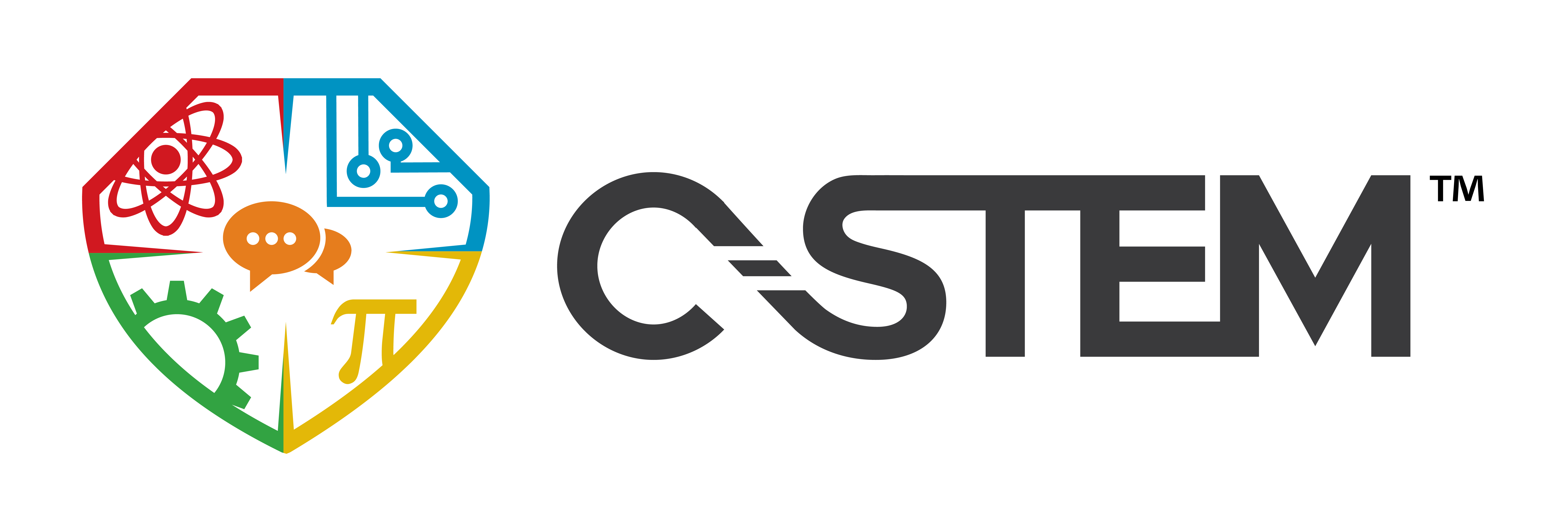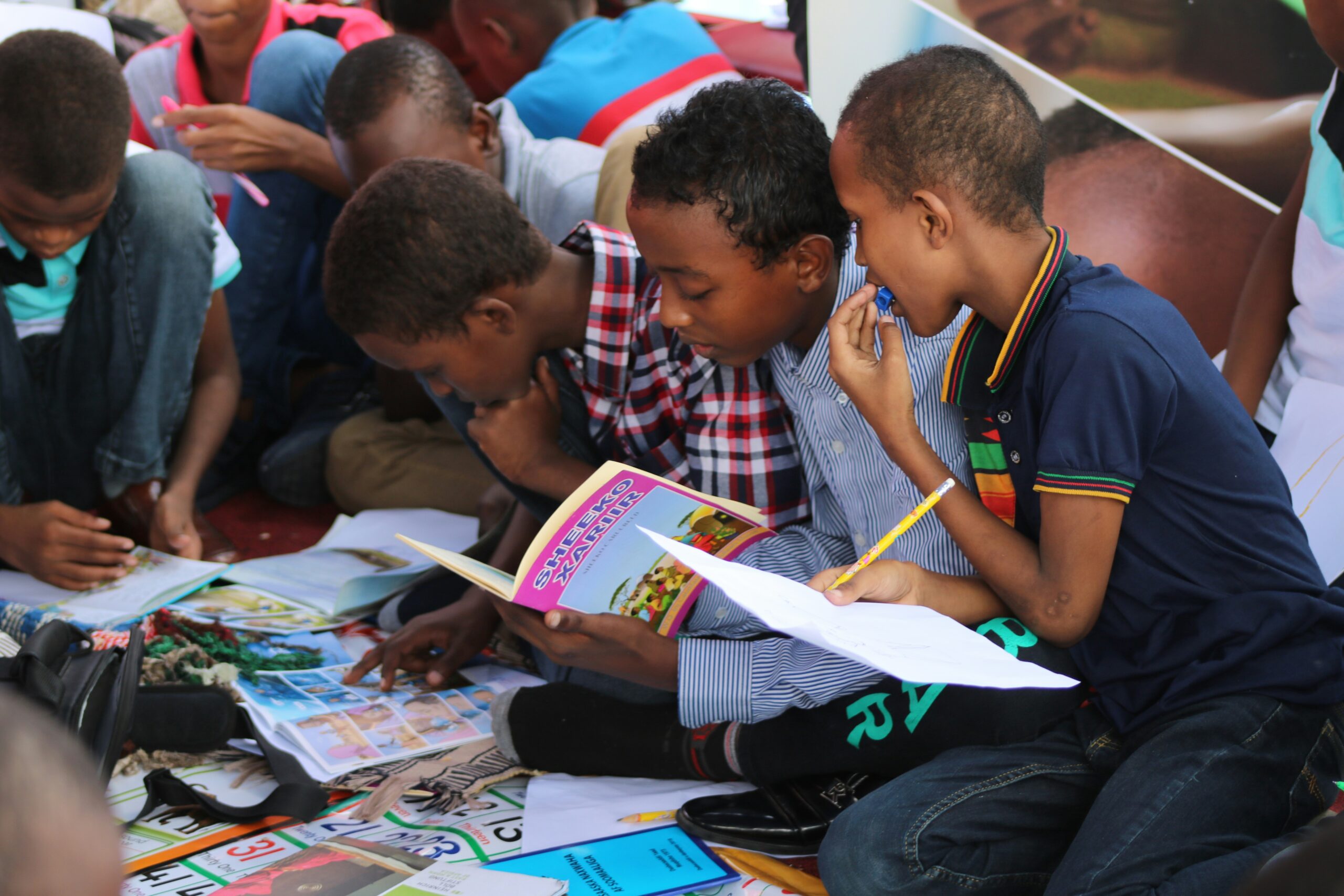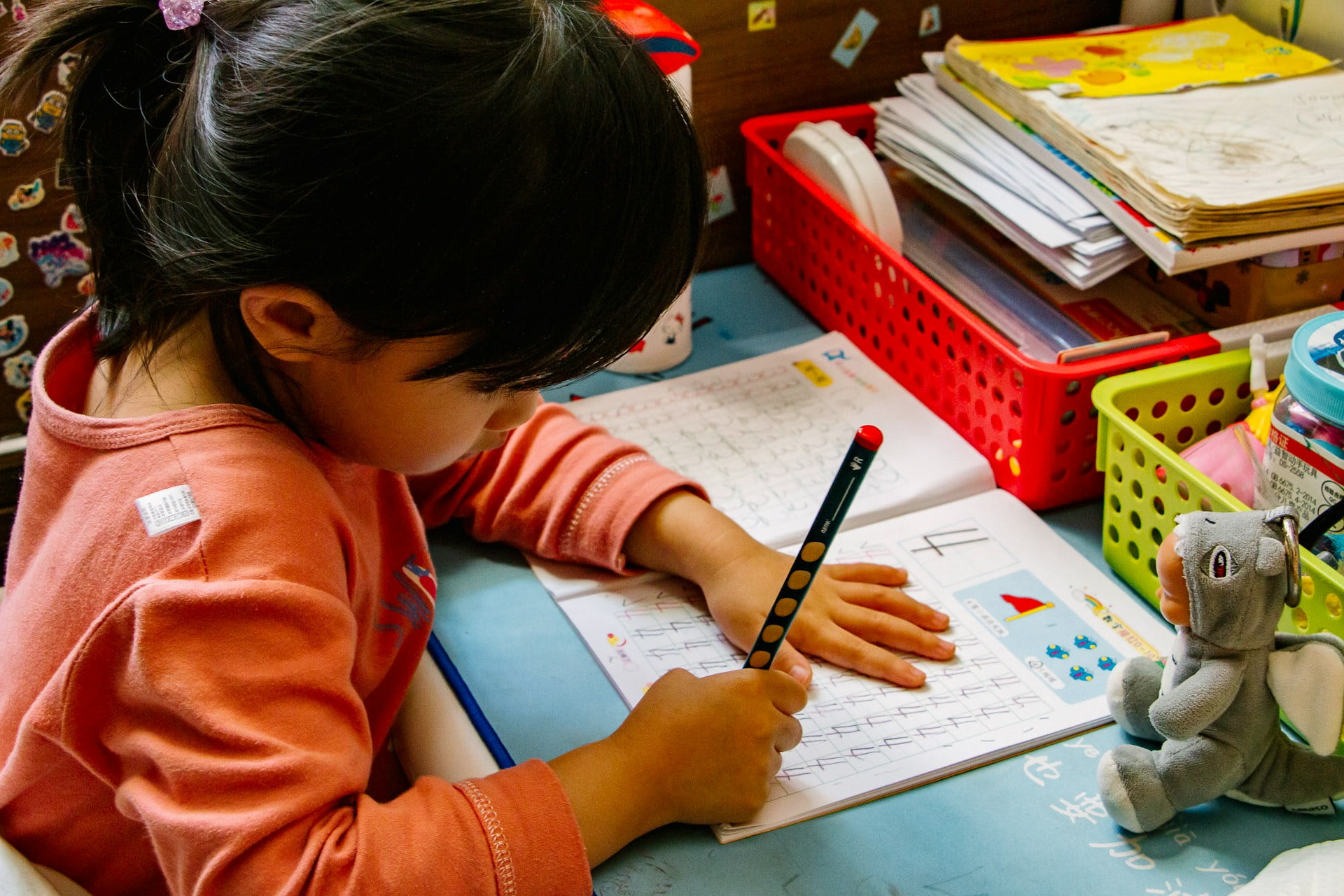Written by: Reagan Flowers, Ph.D.
As a STEM community, we know that our economically disadvantaged students, minorities, females, and disabled students continue to face barriers. However, as we continue our mission to ensure success in STEM for every student, there is another quickly growing group of students we need to consider: multilingual students. These learners have their own unique barriers and needs, and they must be included in our efforts to address learning gaps actively.
Meet America’s Multilingual Student Population
Approximately 5 million multilingual students are in U.S. classrooms today. It’s the fastest-growing student group. What is a multilingual learner? It’s a student who speaks more than one language at home. Over the years, we have seen many educational programs geared toward Spanish-to-English learners, but the multilingual student population is much more diverse than that. This group includes English language proficiency of varying levels and many different types of languages. The top five native languages for multilingual learners in the U.S. are Spanish, Arabic, Chinese, Vietnamese, and Haitian Creole.
These students come from a wide variety of backgrounds and cultures. Some are immigrants, and some are refugees. Despite stereotypes, the majority of English learner students are born in the U.S. They come from varying socioeconomic backgrounds, but many come from more disadvantaged areas.
Barriers Multilingual Students Face
All U.S. schools are required to offer students adequate resources to participate in school. Primarily, this consists of helping multilingual students improve their English language skills. However, most programs available do not address the many other barriers multilingual students face.
First, many of the courses offered are English as a Second Language, which means the teacher speaks only English. Bilingual teachers, who speak both the child’s native language and English, are in short supply. Unless the multilingual learner already has a reasonably good skill level in English, it will be tough to succeed without a direct correlation between the two languages. The numbers prove it; for those with limited English skills, 8 percent fewer graduate high school in four years.
Even when bilingual instruction is available, it is primarily in Spanish. Students who speak any other language must seek outside resources.
Second, multilingual learners experience bias in a number of ways. Many students face discrimination for speaking their native languages. In fact, many people see speaking a native language other than English as a disadvantage, while learning a foreign language is promoted in a positive light.
Finally, other students and teachers make assumptions about a student based on his or her native language, race, or culture. Without a teacher who understands the native language or the English proficiency to speak up, the student has no way to even address these biases.
Finally, language instruction is separate from hands-on subjects. What a multilingual learner needs to succeed in STEM is a combination of language and hands-on learning.
How to Help Multilingual Students
We have a long way to go to help multilingual students close learning gaps. One step toward this is integrated programs. For example, if a STEM teacher works with an English Learner teacher, together they can figure out what the students need to be successful at both.
Second, all curriculum needs to be inclusive. Just as the curriculum needs to consider the needs of impoverished and minority students, multilingual students deserve the same level of attention. Every student needs to be set up for success.
Third, schools need to take a hard look at biases, conscious or unconscious, toward multilingual students. When teachers are aware of these biases, they are better equipped to help students notice when they are falling behind. They are also better prepared to teach students the importance of treating multilingual students fairly. They should never be treated as less competent at learning because they don’t have the resources to overcome all language hurdles.
We also need more supplemental resources for multilingual students. If they cannot get everything they need at school to succeed, they need to know where to go to close learning gaps.
At C-STEM, we are excited to see more discussions about how we can help multilingual students, particularly in early STEM education success. We will help in any way we can. The diverse perspectives and experiences these students will bring to the STEM careers of the future will prove invaluable; innovation and change are born out of different approaches and ways of thinking. We need to give them equal opportunity to bring this to the world.







